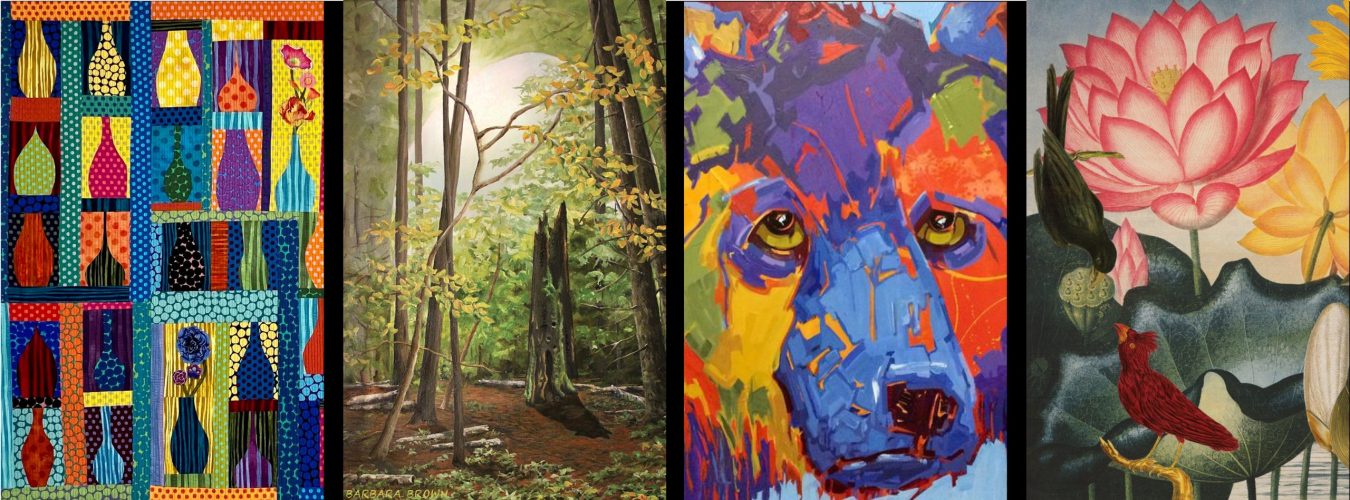BUTTERFLY GARDENS
A joint project with Castlegar’s Communities in Bloom Committee, the Butterfly garden has become a valued education and demonstration tool for teachers and students from School District #20 and local conservation, gardening and naturalist groups. Designed by local wildlife landscape consultant, Mary Kate Woodward, the garden has seen an increase in butterfly population; in particular, the Western Tiger Swallowtail, Pale Swallowtail and Grey Hairstreak.
XERISCAPE GARDENS
Drawing on resources within the community including educational institutions, environmental groups and the general public, the Community Demonstration Xeriscape Garden and Habitat Restoration Project is a targeted response to a community-identified need for education around water conservation.
Phase One has been completed with the planting of native shrubs and trees. Phase Two will begin in April, 2009 with the planting of native grasses and perennials and will be complete with interpretive signs and information brochures on xeriscape techniques and plant lists.
This project would not have been possible without the generous support of Evergreen/Walmart, Shell Environmental Fund, The Columbia Basin Trust Environmental Initiatives Program, the Land Conservancy of BC, Derek Marcoux and Per Joensen of Selkirk college and local businesses and volunteers.
Download Xeriscape Brochure
HABITAT RESTORATION PROJECT
The plan for restoration was developed as a student group project in 2008 through the Integrated Environmental Planning technology program. Students came up with the idea
of restoring the landscape here by creating grassland islands that would be planted with native vegetation. Twenty-two 4 m diameter islands were excavated to remove undesirable vegetation.
Each island was backfilled with screened top soil and then planted with native grass and herb plugs. Native species used in the planting included: bluebunch wheatgrass (Pseudoroegneria spicata), june grass (Koeleria macrantha), rough fescue (Festuca campestris), Old man’s whiskers (Geum triflorum), Yarrow (Achillea millefolium), kinnikinnick (Arctostaphylos uva ursi), and Oregon-grape (Mahonia aquifolium). In addition, ponderosa pine (Pinus ponderosa) seedlings were planted in between the islands to emulate an open forest-grassland ecosystem.
Over the first season, each island will be watered to ensure that the native plants
become established. Once established, it is anticipated that the grassland islands
will begin to grow outward and coalesce into a larger grassland ecosystem with
scattered Ponderosa pine.
Download Habitat Restoration Brochure
